Snails and slugs are some of the slimiest (literally) pests a succulent gardener might encounter. They're so sneaky and secretive that you'll almost never see one with your own eyes. You'll definitely see their calling card, though - that unmistakable snail trail.
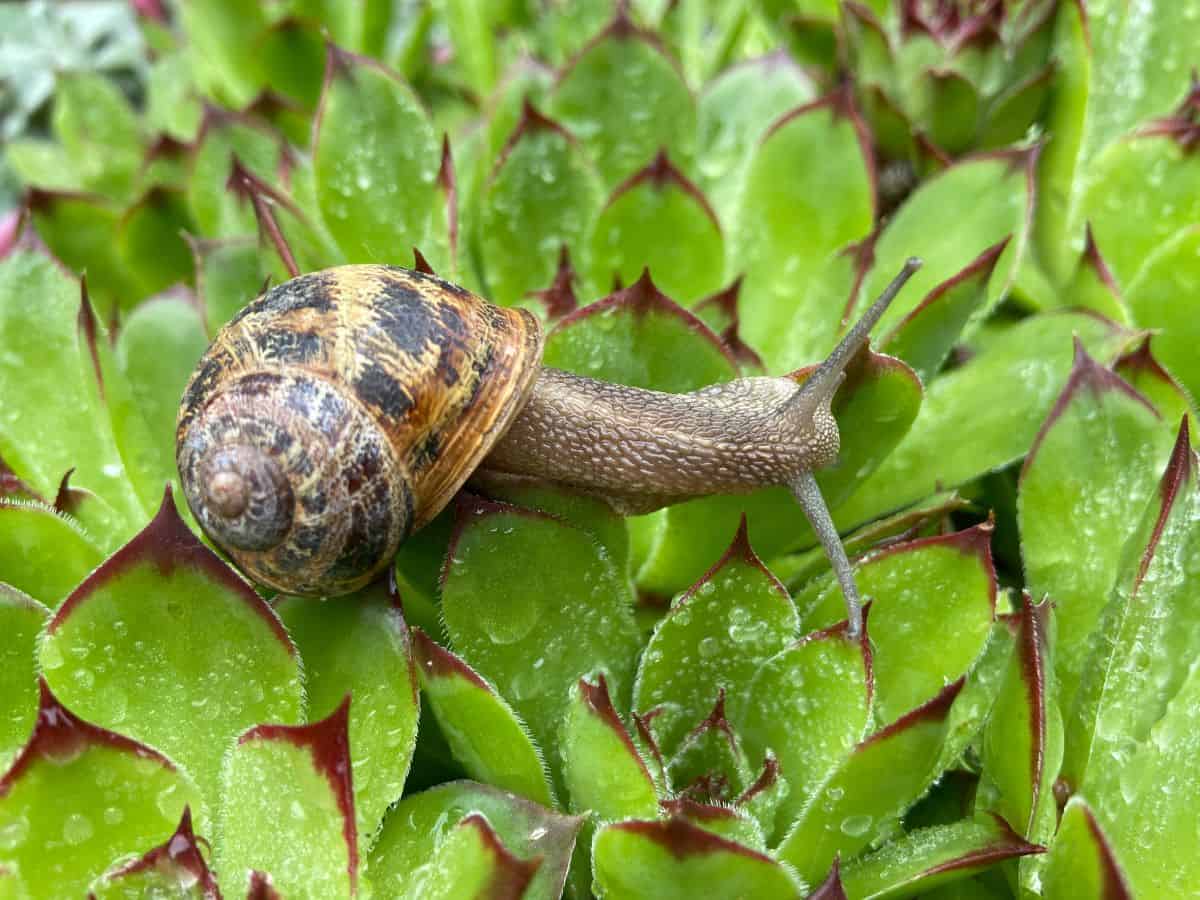
Jump to:
Snails and Slugs Summary
Slugs and snails are a common annoyance to both seasoned and novice gardeners. They LOOK harmless, however, they are anything but! Chomping on your precious plants i just about their favorite thing.
They are notorious eaters, devouring chunks of pretty much any organic matter they happen to pass by, providing it is digestible. Most prefer dead or dying plants, but if they're hungry (or something looks especially succulent) they'll take a bite.
Their life cycle is relatively routine, in that eggs are laid, develop, and hatch, but their lifespan is anything but – in the right conditions, your garden-variety slug or snail can live anywhere from one to five years!
Both slugs and snails thrive in cool, moist conditions, and are mainly active at night. They love to lay their eggs in the nooks and crannies of soil and are able to lay 20-100 eggs several times a year. It’s estimated that in one cubic meter of soil, there could be about 200 slugs and snails living there.
Read Also: How to Deal With Common Succulent Pests
Signs of Snail and Slug Infestation

Fortunately, spotting slug and snail infestations on your plants is relatively easy due to the distinctive damage these pests leave behind –
- If damage is occurring to your plants in the early spring before other insects are active, it’s most likely caused by slugs. Snails hibernate in the cooler months, slugs are active as long as it is above around 40°
- Look for silvery slime trails on the ground around your plants, on their pots, or even left on the plants
- Slugs and snails create scalloped edges on plants and leaves where they had been eating relatively recently. Older damage will be in a curved line with a yellowed edge to the leaf or plant.
Read Also: How to Get Rid of White Mites
Slug and Snail Prevention and Treatment
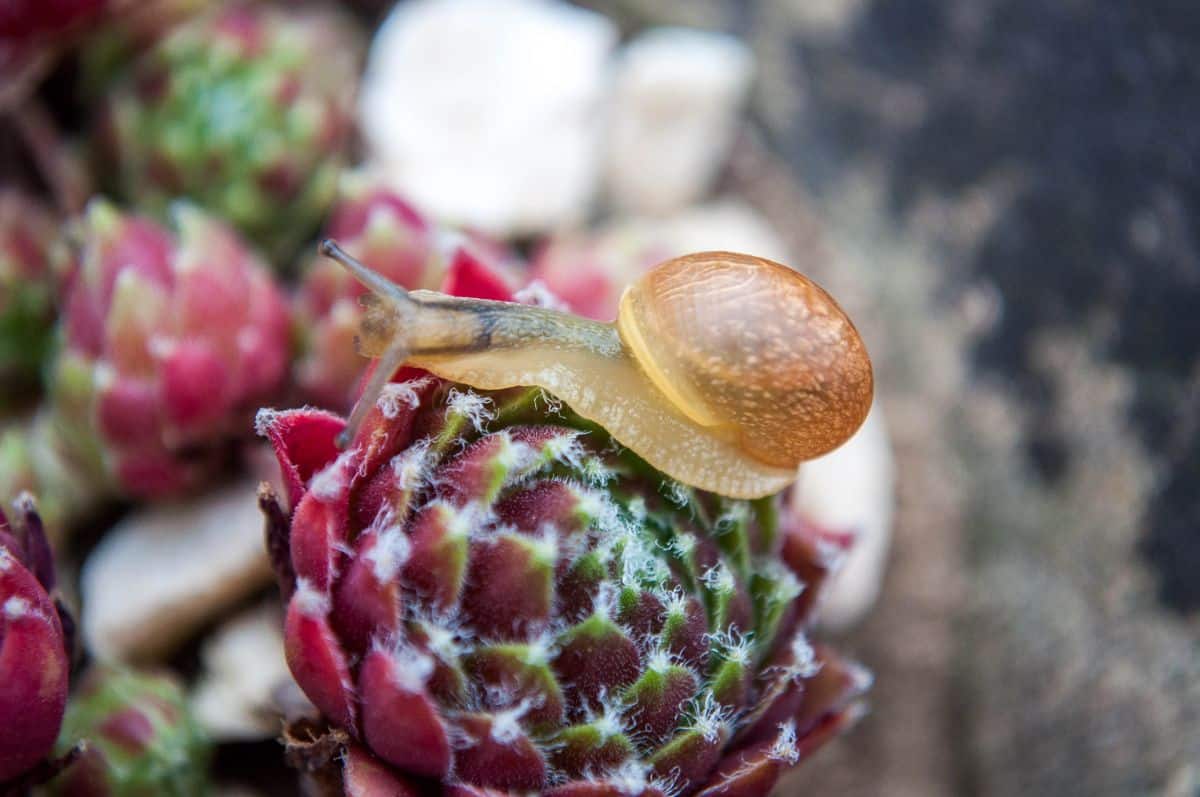
You probably won’t be able to completely clear your outside space of slugs and snails - they are such a prolific pest. Luckily, there are a few methods that can help prevent them from damaging your cacti and succulents.
Egg Shells
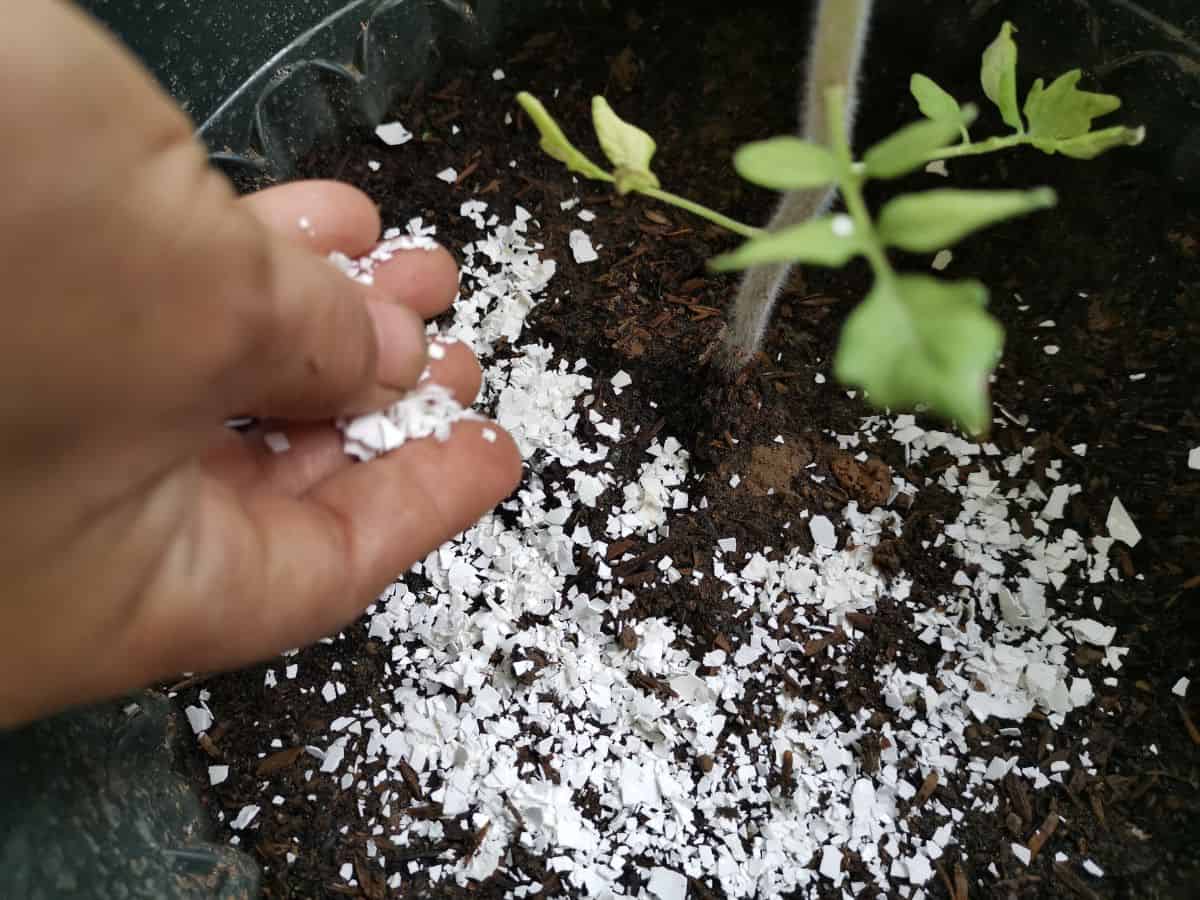
One of the most environmentally friendly and effective ways to keep snails and slugs from nibbling on your plants is by using egg shells.
No products found.
Crushing up eggshells into small pieces and liberally scattering them around the base of the plant, the pot, or even on the plant itself, acts as a deterrent. As slugs and snails have delicate skin, the sharp and piercing shards of the shell are unpleasant for them to navigate across and will help to deter them.
This method is poison-free and safe for use around pets and small children, and the shells are entirely biodegradable and may even help improve the quality of your soil.
Read Related Reading: How and when to fertilize succulents
Poison Bait
If a deterrent is not enough and you are looking to wipe out the slugs and snails in your garden, there are several options for you to consider. The first is bait, which is available in several different forms – pellets, meal, and liquid slurry. These need to be consumed by the pests for them to be effective.
Pellets and meal bait can be scattered around your plants or placed in piles in particularly infested areas; use caution if you have small children or pets running around, as the bait is poisonous.
Liquid slurry is a popular choice as it can be applied directly to the sites of the most damage and it lasts longer. As a thick liquid, it can be squeezed onto the ground under the plants.
Bait is most effective at night when pests are the most active – try spritzing your garden with a little water to create moist, inviting conditions and then adding the bait at around dusk. Since it is a form of poison, it’s imperative to monitor it carefully.
While metaldehyde bait used to be very popular, it is also extremely toxic to pets and wildlife if eaten. So try to find the newer, and much safer, iron phosphate bait instead.
Read Related Article: How to Treat Spider Mites on Succulents and Cacti
Beer Traps
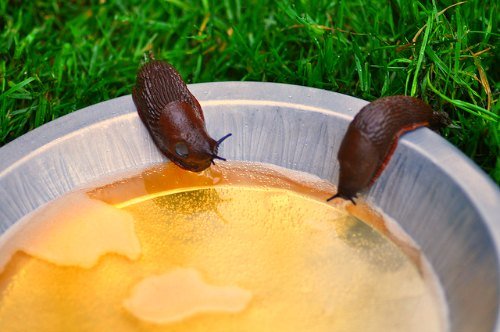
If you are not keen on using bait in your garden, why not try creating a beer trap?
They are simple to make and easy to maintain – take a small bowl or cup and bury it to the rim in an infested area, then fill it about halfway with fresh beer. Both snails and slugs are attracted to beer due to the smell of the yeast in it and will venture in, drowning when they reach the beer.
The cup or bowl can easily be removed and cleared, with the trap being refilled as regularly as need be to keep the pests away from your plants.
The only downside to this method is that you're wasting good beer. Shame on you.
Copper Screens
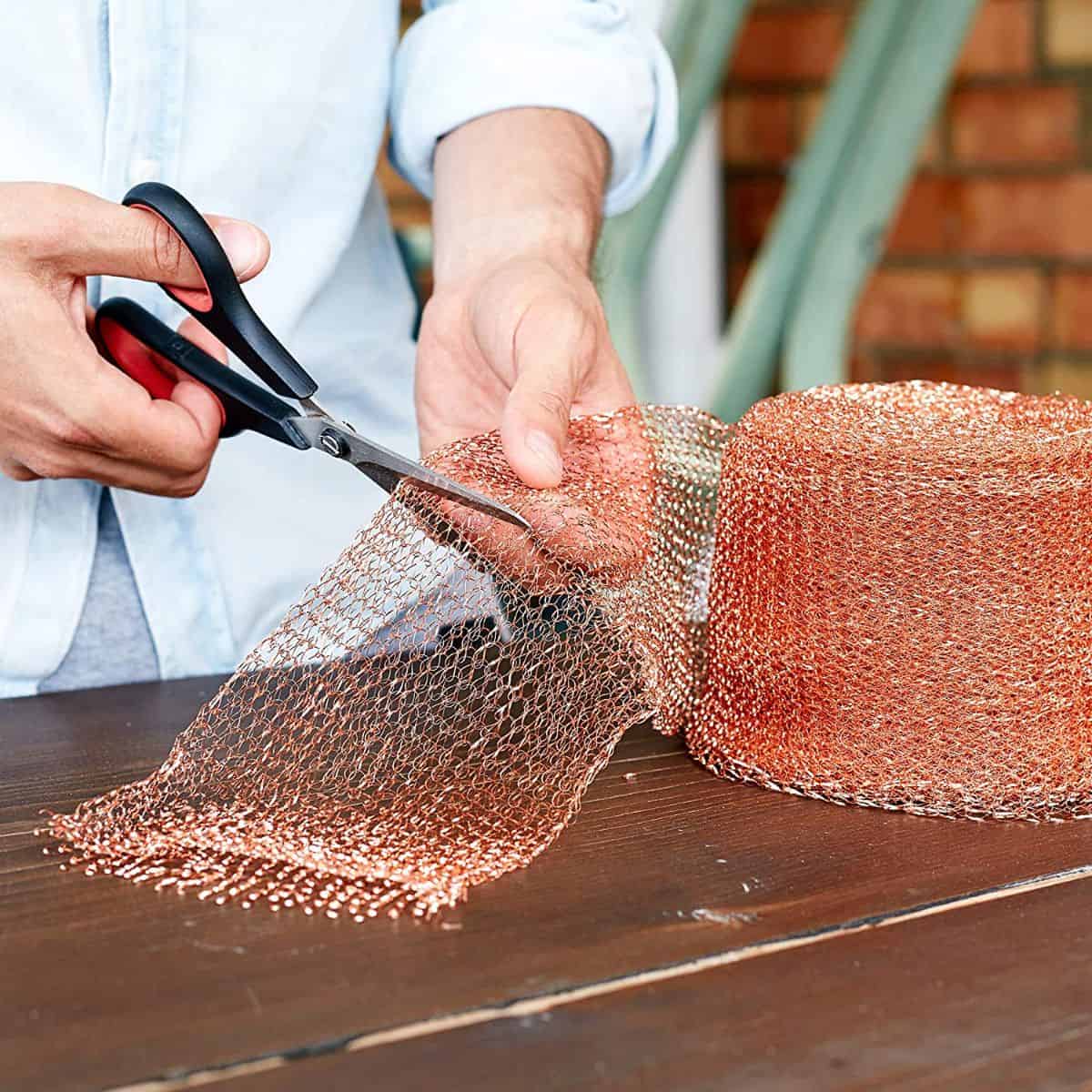
If a barrier method is more your style, copper screens are definitely worth a shot.
When the slug or snail comes into contact with copper, it reacts with the slime they produce, causing an ‘electric shock’ type reaction to their nervous system without hurting the pest itself. Erecting a copper screen with several inches buried below the surface of the soil will help keep them out and prevent them from digging their way under into your plant enclosure.
Copper screens are an effective, affordable option to protect a few plants - but the cost scales greatly if you wanted to use it around a whole garden. However, it's environmentally-friendly and safe for just about every animal and plant.
Read Also: How to Get Rid of Fungus Gnats
Other
You already know that sprinkling slugs and snails with salt is a guaranteed kill. Still, while this may be an effective method of destroying the pest, it's not too great for your soil and may end up hurting your plants.
Handpicking the pests is also an option, although not for the squeamish. With a little persistence, using rubber gloves and tongs to pluck and dispose of the pests at night gets them out of your garden.
You could also invite natural predators to your gardens, such as frogs and toads. If you already have a water feature in your garden, providing cover for them to hide under during the day can entice them and encourage them to stay. Frogs and toads are able to eat a significant number of slugs and snails and may help keep down the numbers of other pesky insects too.
Hopefully, you'll find one of these methods an effective way to keep those pesky slugs and snails away from your beautiful cacti and succulents!
Do you have any strategies for dealing with them? Let us know in the comments below!


Allie
If you have a snail problem, you should never use eggshells to get rid of them. Snails crave calcium, which eggshells are full of. Using eggshells can potentially ATTRACT snails to your garden, as you’ll be providing them easy access to a nutrient-dense food source. A better alternative is gravel.